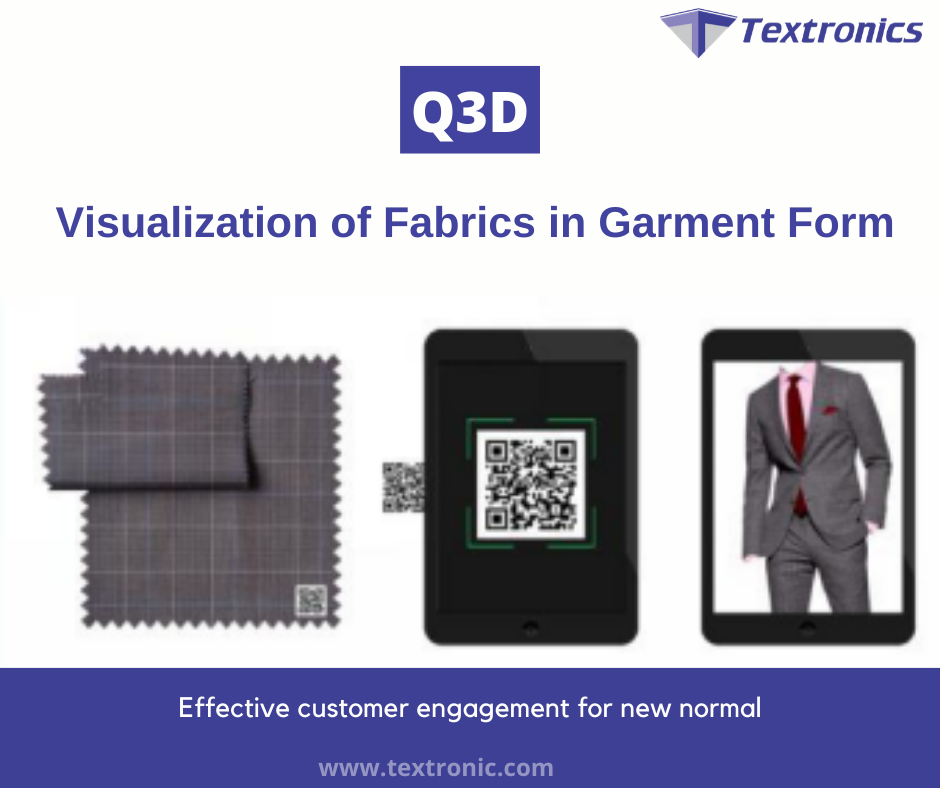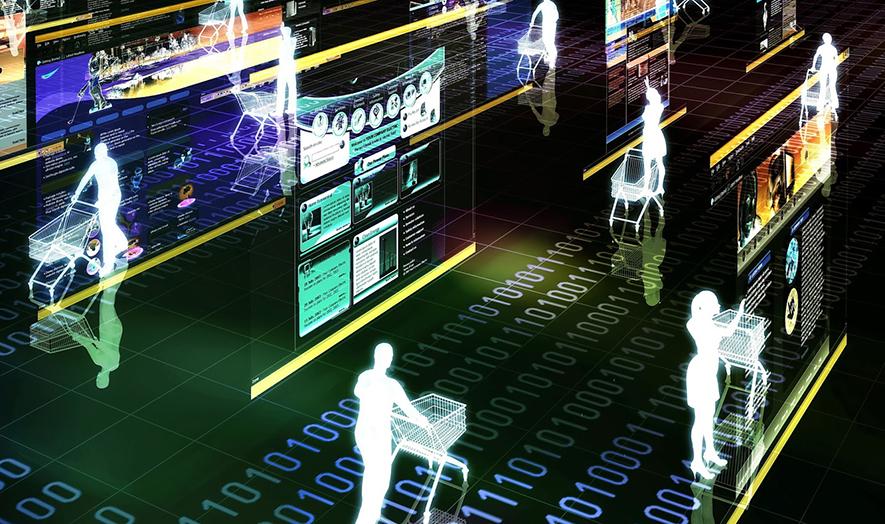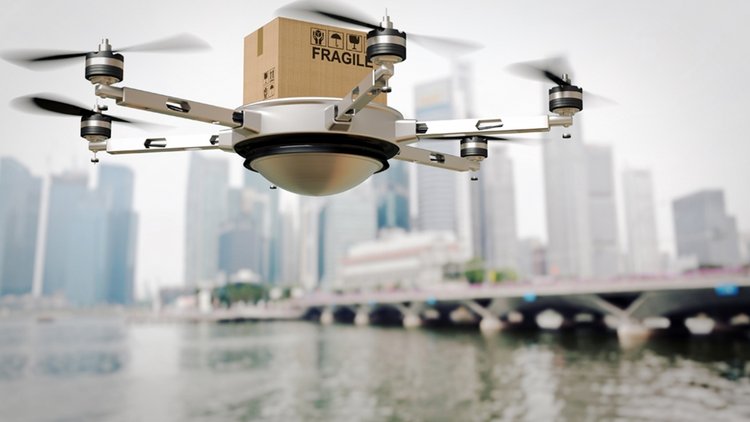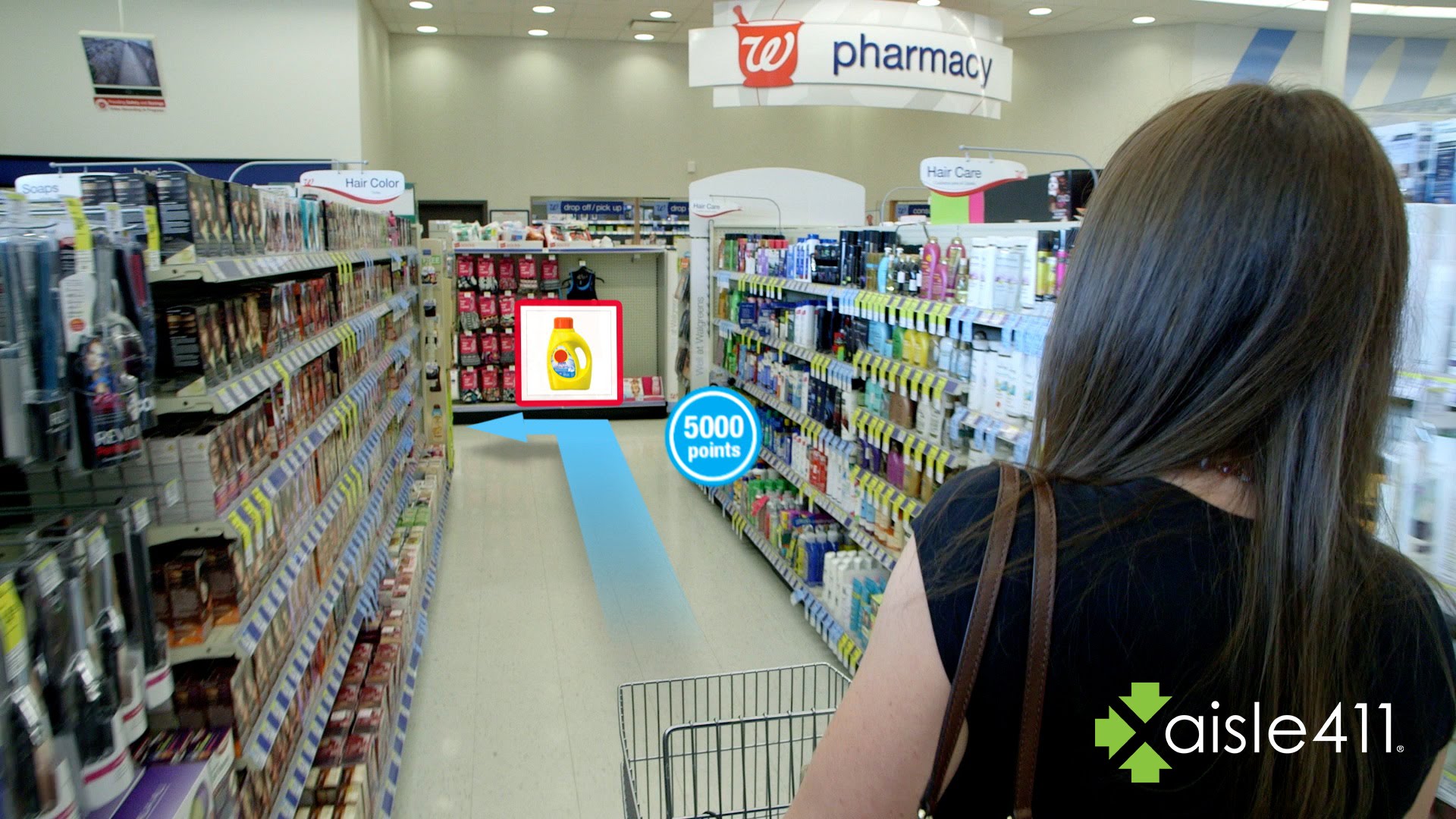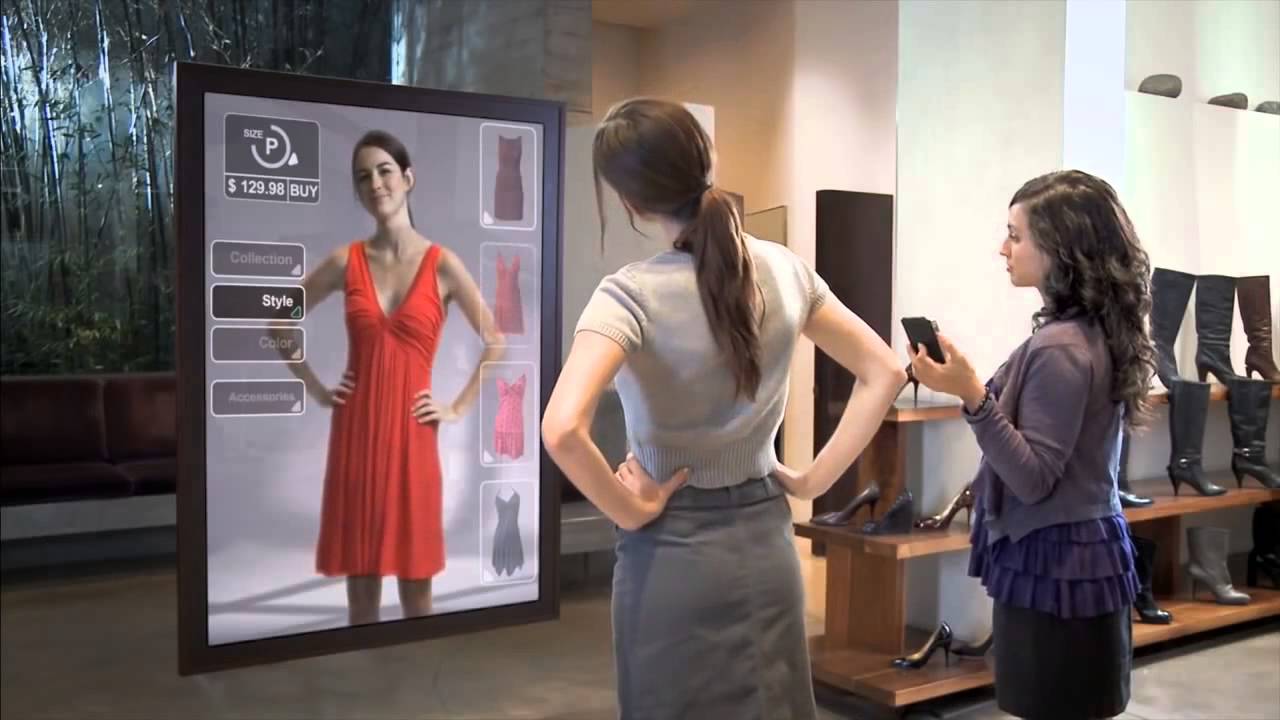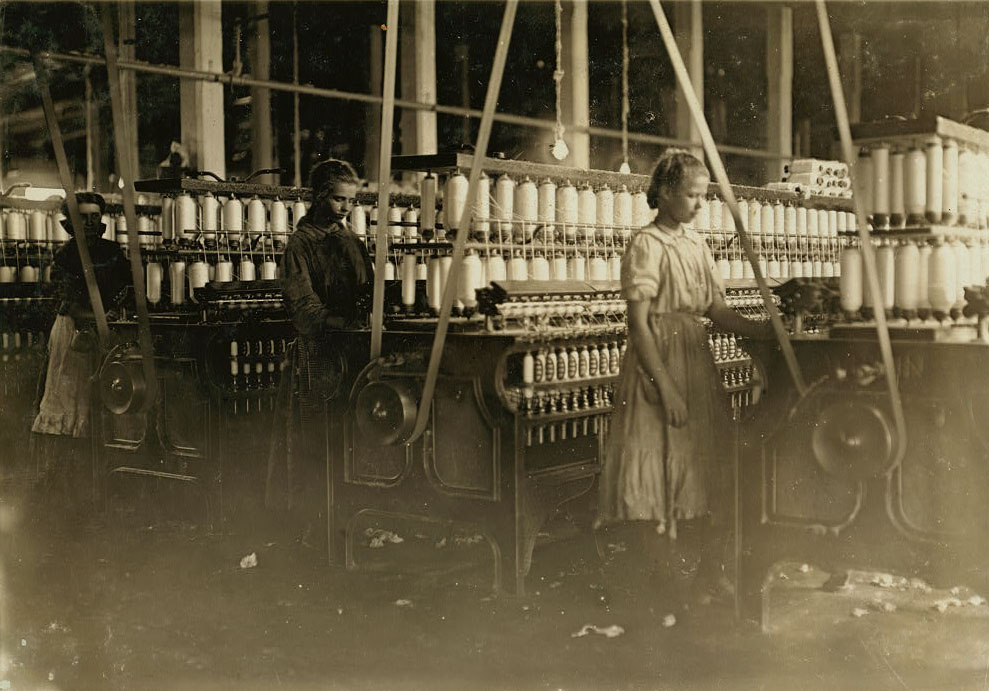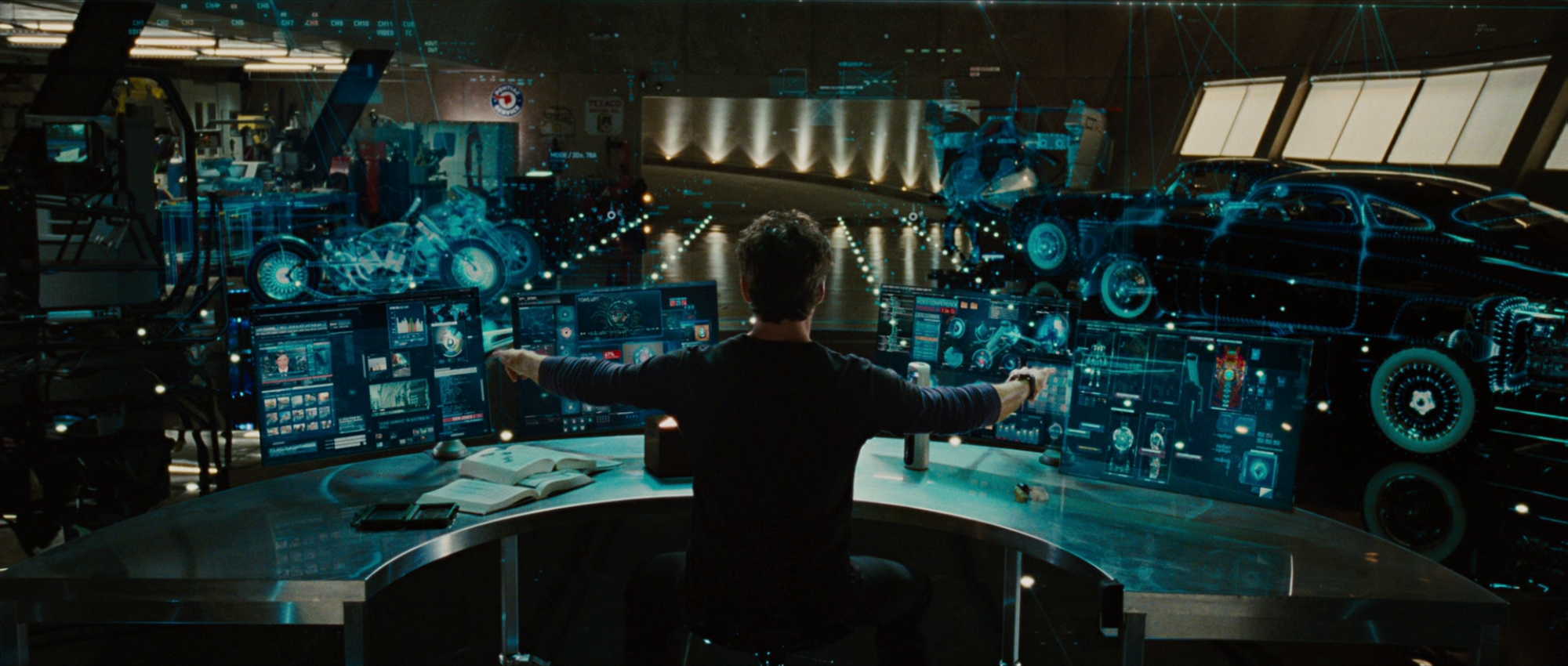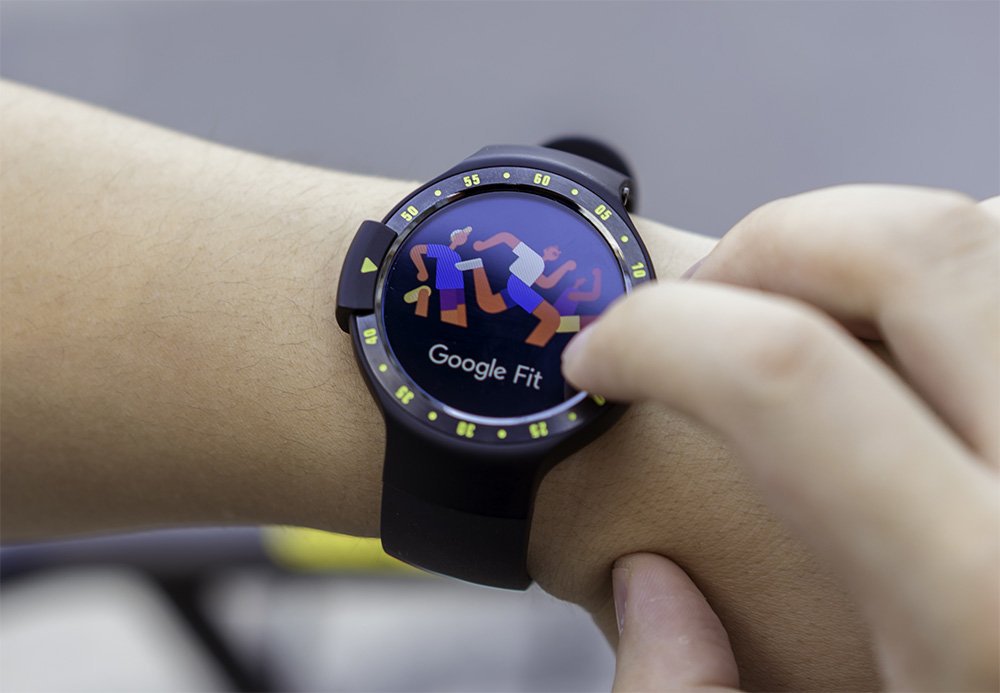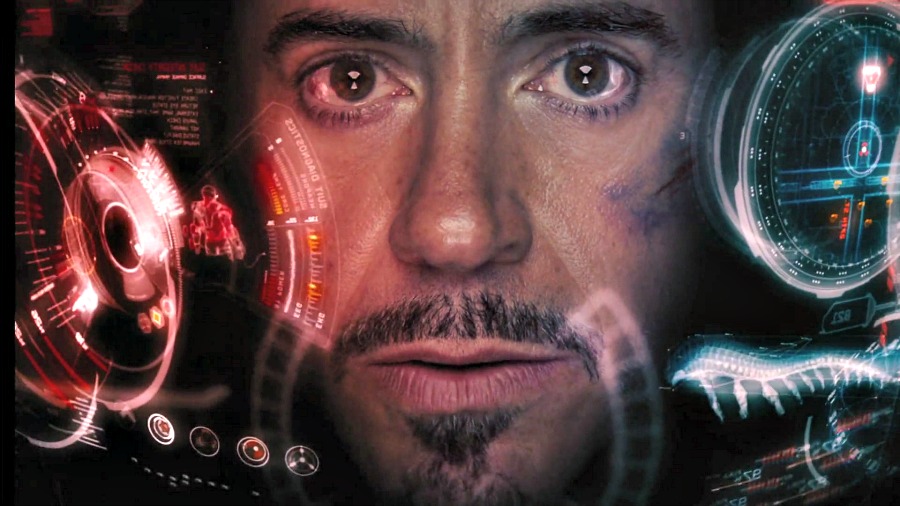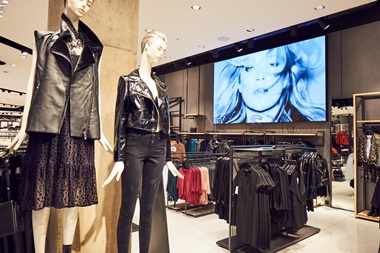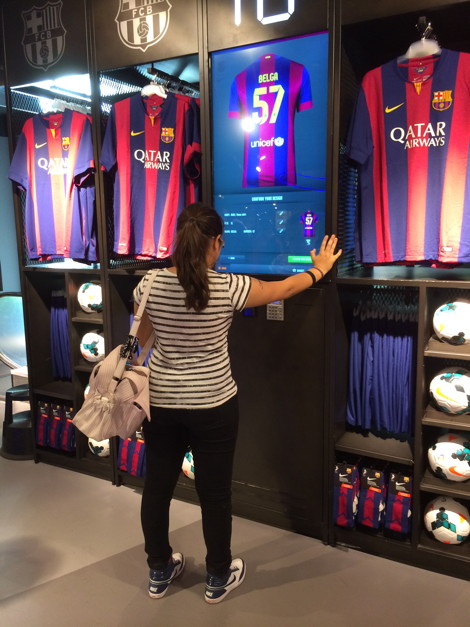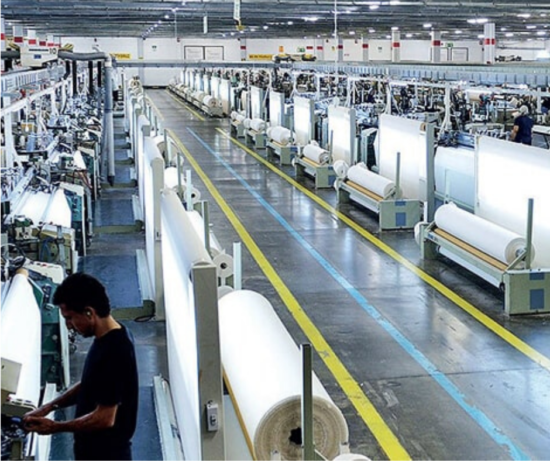
As the global pandemic evolves, our daily lives are being impacted in one way or another. It is now that the structure of the working cycle has been changed. Considering this scenario adapting Omni channels becomes vital for the apparel & textile business for the new normal, where customers will want to have a safer shopping in-stores & online. Going digital is the need of the hour.
Covid-19 impact on Textile Market
There is drastic downfall in the textile business as there is a standstill in the supply chain due to this lockdown all over the world. Like many other sectors, the textile industry is also facing daunting challenges which never have been seen before, most of the textile industry has been closed for months now.
Impact of COVID-19 Scenario has also been drastic on European and the US Apparel Market – estimates that the combined apparel consumption of the EU and the US might fall to about 40-45% of the market value. There will be a tough time for clothing and textile exporters as about 60% of the country’s apparel exports are destined for European and the US markets.

Around 50% of sales have fallen apart in the garment manufacturing industry and most of the clothing and textile industry units are at standstill because of which there is no supply in the market, leading to drastic losses not only monetary but also the damaged in the apparels which may or may not get exported further.
A standstill exists in the industry’s entire supply chain, starting from farm to the factory to the end chain of the retailers. Due to the worldwide lockdown various transport facilities including trains and flights are suspended which is expected to hurt domestic operations in India. The pandemic is primarily expected to adversely impact exports and impact on the domestic markets with both exports as well as domestic sales falling.
The pandemic has affected the majority of India’s export market (the US and EU together constitute for approximately, 60% of the total apparel exports from India in value terms), causing order cancellations/deferral of order leading to inventory build-up and expectation of slower realization of export receivables leading to higher working capital requirements.
The industrialists will have to find a smarter way to sustain in the market with rising complications in textile manufacturing and distribution.
Digitizing the business
There have been various fashion revolutions in the clothing and textile industry which have shown a positive impact on the growth of the clothing and textile industry for a few decades/years.
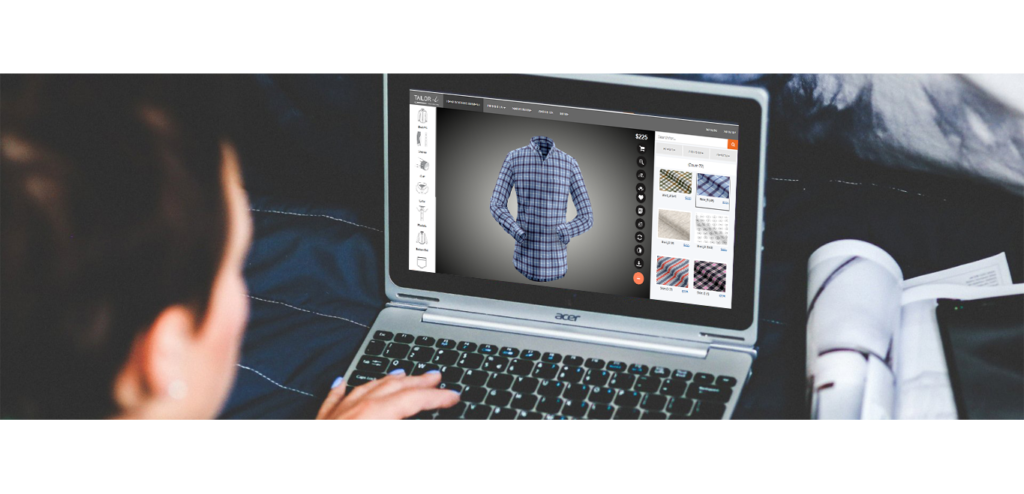
Considering this pandemic outcome taking the textile business model one step further will boost the business itself. There will be a rise in rapid productivity. Taking business one step further means adapting the innovative technologies which are necessary for the business in this era.
The fourth revolution in the industry is the key to sustainability and success, keeping the prime features of Industry 4.0 i.e, digitization, automation, optimization & customization, human-machine interference will give an added advantage to the early adopters.
Textronics delivering a safer shopping environment
Textronics offers the advance software tools for the apparel and textile industry helping the industrialists adapt then new & safer shopping environment.
- TryON – Virtual dressing room, is an ultimate game-changer for all the brands promoting a safer in-store experience. Shoppers can swipe and screen all the designs in the store with a safe distance of 6ft’s. Just swipes and the user can have a virtual trial of the garment there itself without physically trying the garment on. It not only keeps the in-store experience intact but helps the retailer manage its merchandise digitally.

- Tailor-i – Online tailor store, is an interactive e-com tailor store for all your bespoke clothing needs. It helps you select Cuffs, Collars, Plackets, Lapels, Fits, etc. giving you an instant 3D visualization your made-to-measure outfit from the comfort of your home.
Live Demo

- Q3D gives you an instant 3D visualization of the fabrics in the final garments forms just by scanning the QR Code. It manages all fabric options at one go & engages the user to try the endless options and attracts and retains the audience.
